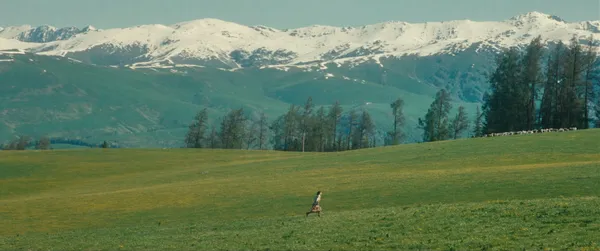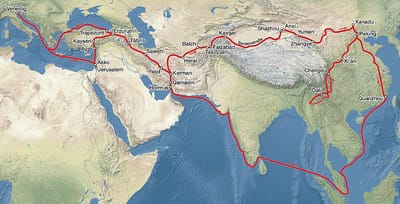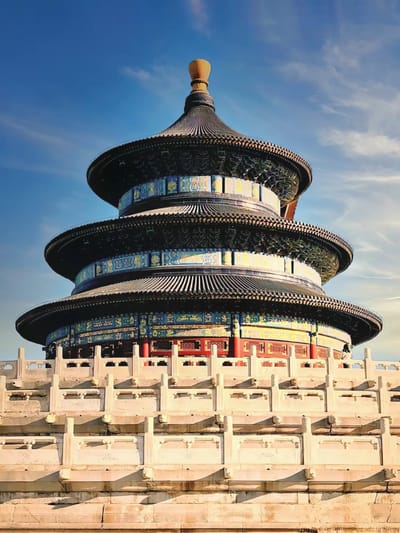On this page
How is Xinjiang Divided into Southern and Northern Regions?
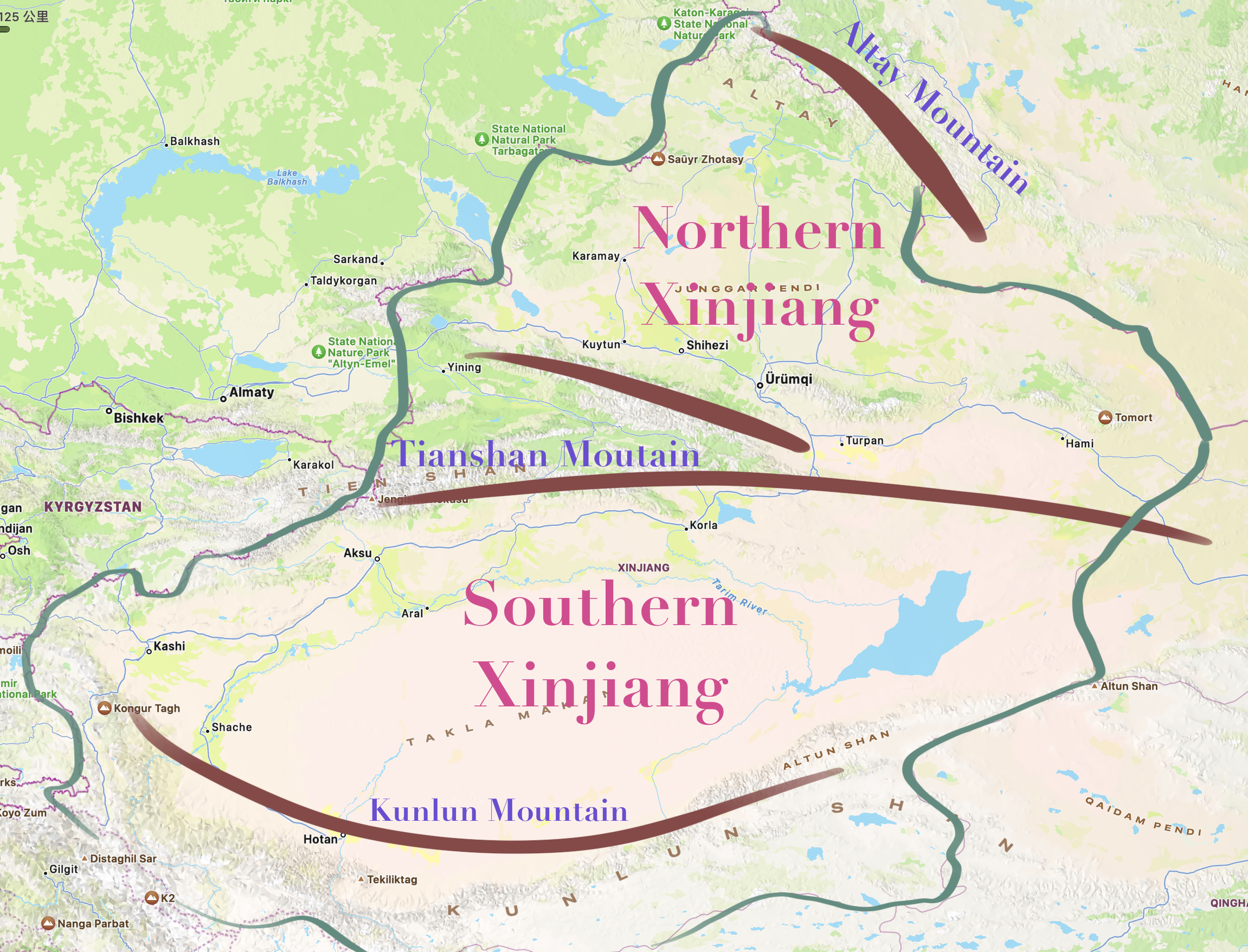
Many travelers have heard about the division of Xinjiang into Southern and Northern regions. The vast expanse of Xinjiang is split by the Tianshan Mountains, with areas to the north known as Northern Xinjiang and those to the south as Southern Xinjiang. The Duku Highway, historically known as the Wusun Ancient Road, connects these two regions. Hami and Turpan, historically the eastern gateways of the Silk Road, are often referred to as Eastern Xinjiang.
Geographical Differences
- Southern Xinjiang
Due to the presence of the Tarim Basin and the Taklamakan Desert, and the high altitude of the Tianshan Mountains blocking warm air currents, Southern Xinjiang experiences an extremely dry climate. Life here is sustained by scattered oases, with the region dominated by plateaus and deserts.
- Northern Xinjiang
In contrast, Northern Xinjiang is more humid, thanks to the influence of moisture from the Atlantic Ocean and airflows from Siberia, as there is no mountain barrier. This climate supports the growth of grasslands, forests, and lakes, creating a lush natural landscape.
What to Do in Northern Xinjiang
Altay Region – Kanas




The highlight of the Altay region is the Kanas Scenic Area, where Kanas Lake glistens with a vivid blue hue, surrounded by mountains and often referred to as a paradise for immortals. Nearby, you can explore the pristine beauty of Jiadengyu National Forest Park, the Hemu River Valley, and the Naren Grasslands. The quaint, rustic charm of Hemu and Baihaba villages captivates many travelers.
Ili Region – Sayram Lake



Known as the "Jiangnan beyond the Great Wall" (The Oasis of the North), the Ili Autonomous Prefecture is home to the serene Sayram Lake. Every summer, the Nadam Fair held on the lakeside grasslands attracts numerous visitors. Other highlights include the Gongnaisi Grassland, Tangbula Grassland, Nalati Grassland, Koksu Grand Canyon, Lavender Estates, Qiongkushitai, and the Zhaosu Grassland with its vibrant canola flowers. In winter, this area showcases stunning blue ice spectacles, and for the adventurous, there’s ice karting on the lake.
A Niche Region – Keketuohai
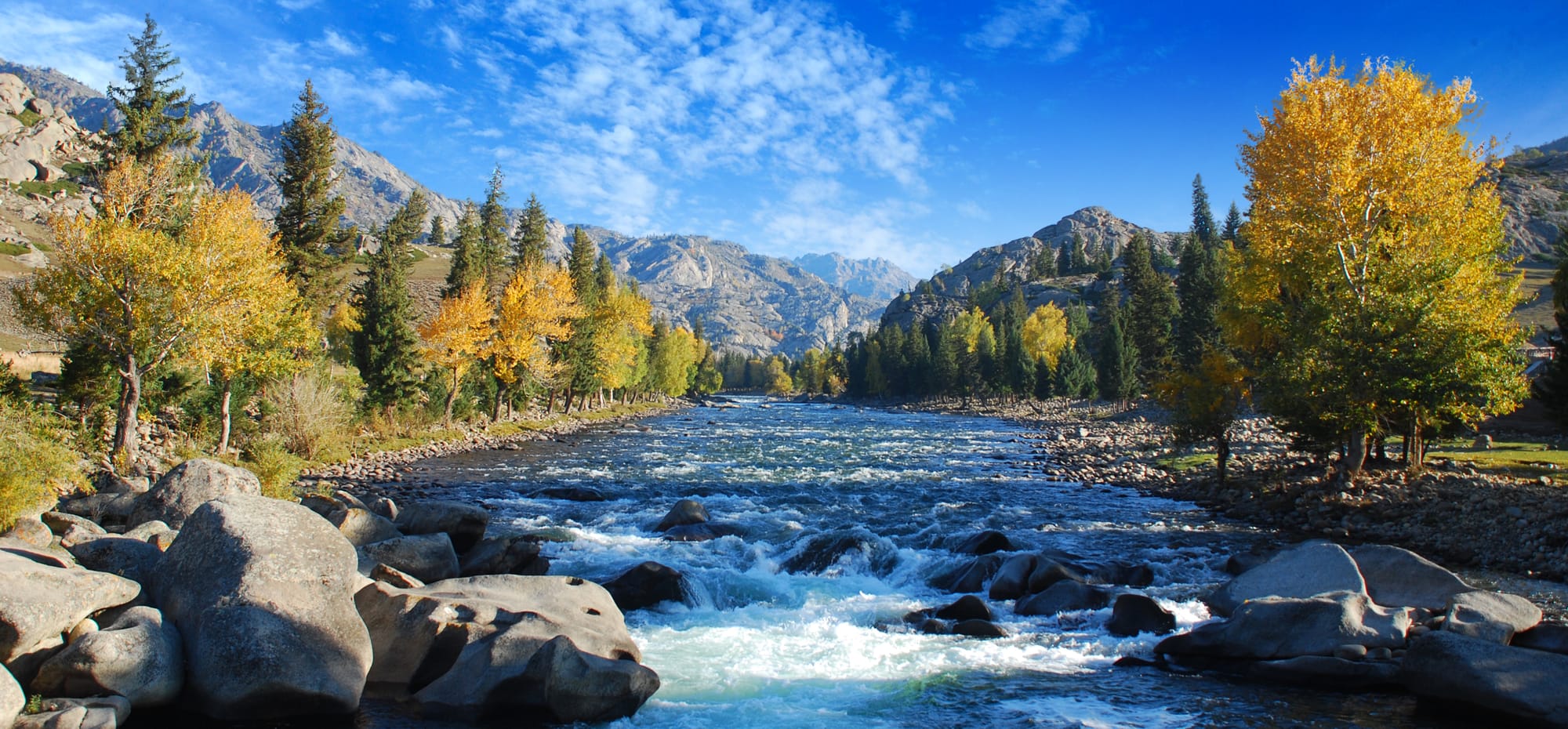
The Keketuohai Scenic Area is composed of the Ertix Grand Canyon, Keke Su Li, Lake Iremit, and the Karasenger Seismic Fault Zone. Spend half a day here taking in the canyon river sources, marshlands, frigid lakes, and the unique seismic fault.It’s a must-visit for hiking enthusiasts and photography buffs.
What to Do in Southern Xinjiang
Kuqa Region – Tianshan Mysterious Grand Canyon



Kuqa is a city steeped in history, with over 195 historical and cultural relics, including caves, ancient fortresses, and beacon towers. The Kizil Caves offer a glimpse into the ancient Kucha Kingdom, while a visit to the Kuqa Royal Palace reveals the legacy of local nobility. The awe-inspiring Tianshan Mysterious Grand Canyon, with its rugged beauty, leaves visitors in silent reverence. Kuqa is also the endpoint of the Duku Highway, known as the “Scenic Avenue” and “Hero’s Road.”
Kashgar Region – Old Town of Kashgar



As a key hub on the ancient Silk Road, Kashgar’s architecture, culture, and cityscape are imbued with rich Uyghur traditions. Take your time to wander through the old town, where the essence of Kashgar can be felt in every corner. At sunset, witness a grand worship at the Id Kah Mosque, and let the sight of the golden poplar trees at Golden Poplar National Forest Park fill you with awe. Don’t miss the Karakul Lake, Stone City, and the Dawakun Desert—all worthy of a visit.
Bayingolin Region – Bayanbulak Grassland



Missing out on the Bayanbulak Grassland in Southern Xinjiang would be a huge regret. This expansive alpine grassland is dotted with lakes and visited by swans and other birds. The slanting rays of the setting sun create a dreamlike scene, making it a haven for photographers. Nearby, you can also explore the Bosten Lake, the “Hawaiian Beach” of Xinjiang, and cultural sites like the Luobu People’s Village and the Iron Gate Pass.
Pamir Plateau Route – Karakul Lake
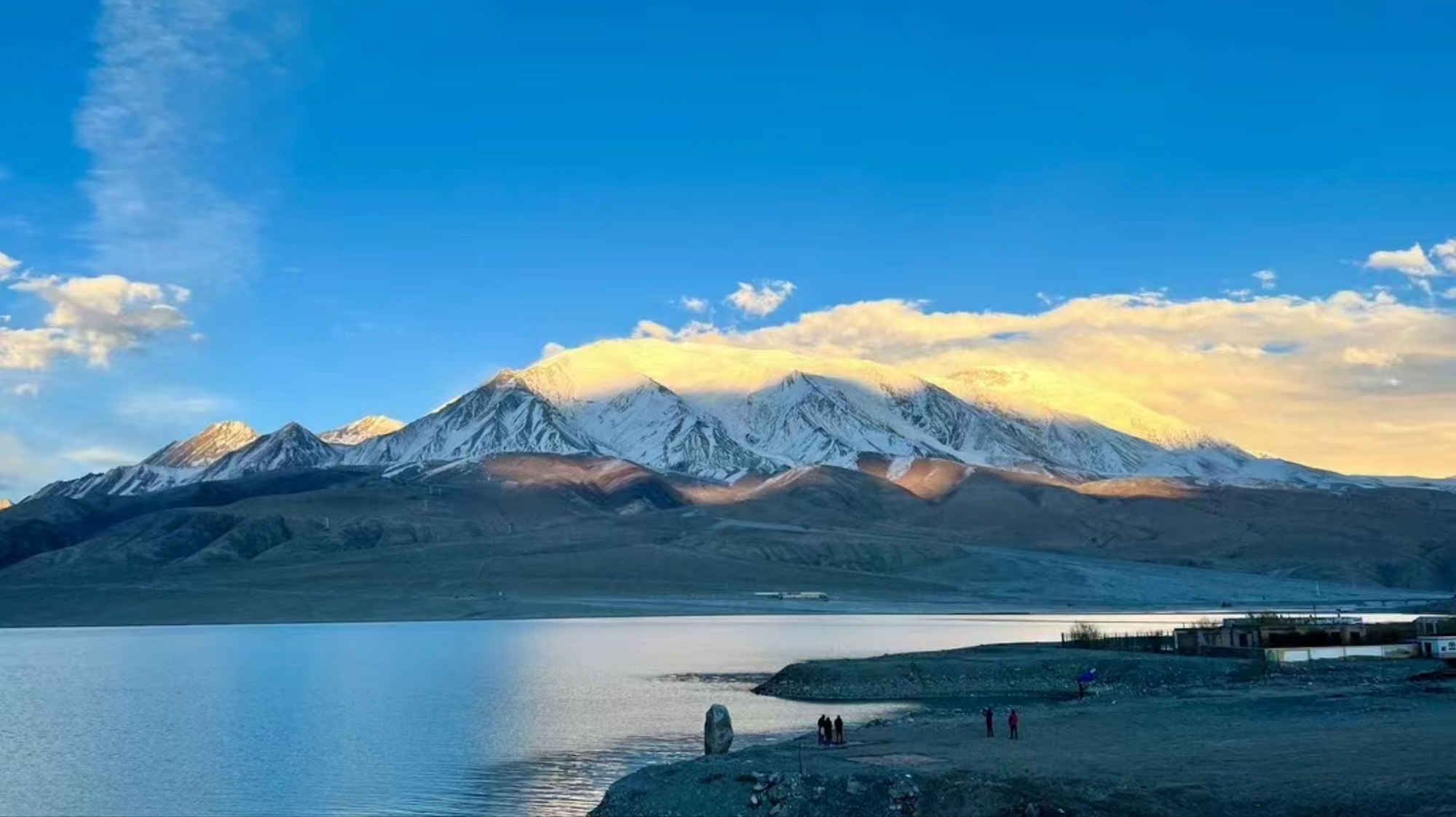
The Pamir Plateau, stretching across southwestern Xinjiang, southeastern Tajikistan, and northeastern Afghanistan, was once a key route on the Silk Road. Among its many glacial lakes, Karakul Lake is the largest. This area is also home to the Karakoram Highway, known as the China-Pakistan Friendship Highway, and listed as one of the “Top Ten Most Dangerous Roads in the World.”
Taklamakan Desert Highway – Desert Adventure
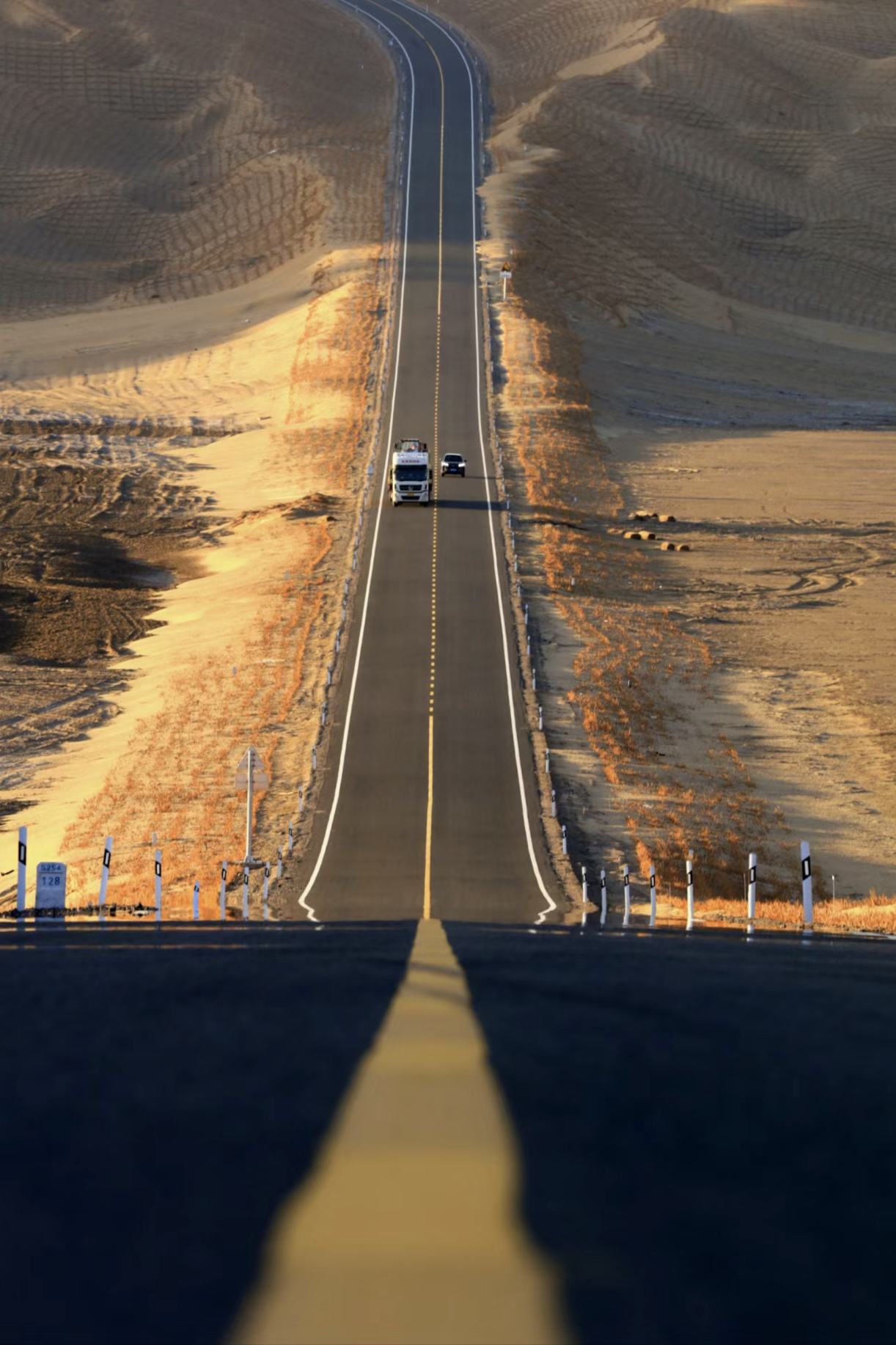
If you wish to drive through the vast expanse of the desert and experience the striking contrast between the barren landscape and the lush poplar forests, consider a road trip on the highway that cuts through the “Sea of Death.” This is the world’s longest graded road through a shifting desert. After completing the 566-kilometer desert journey, you may find yourself recalling the signpost along the way:
“There is only desolation in the desert, not in life.”
A Niche Region – Lop Nur
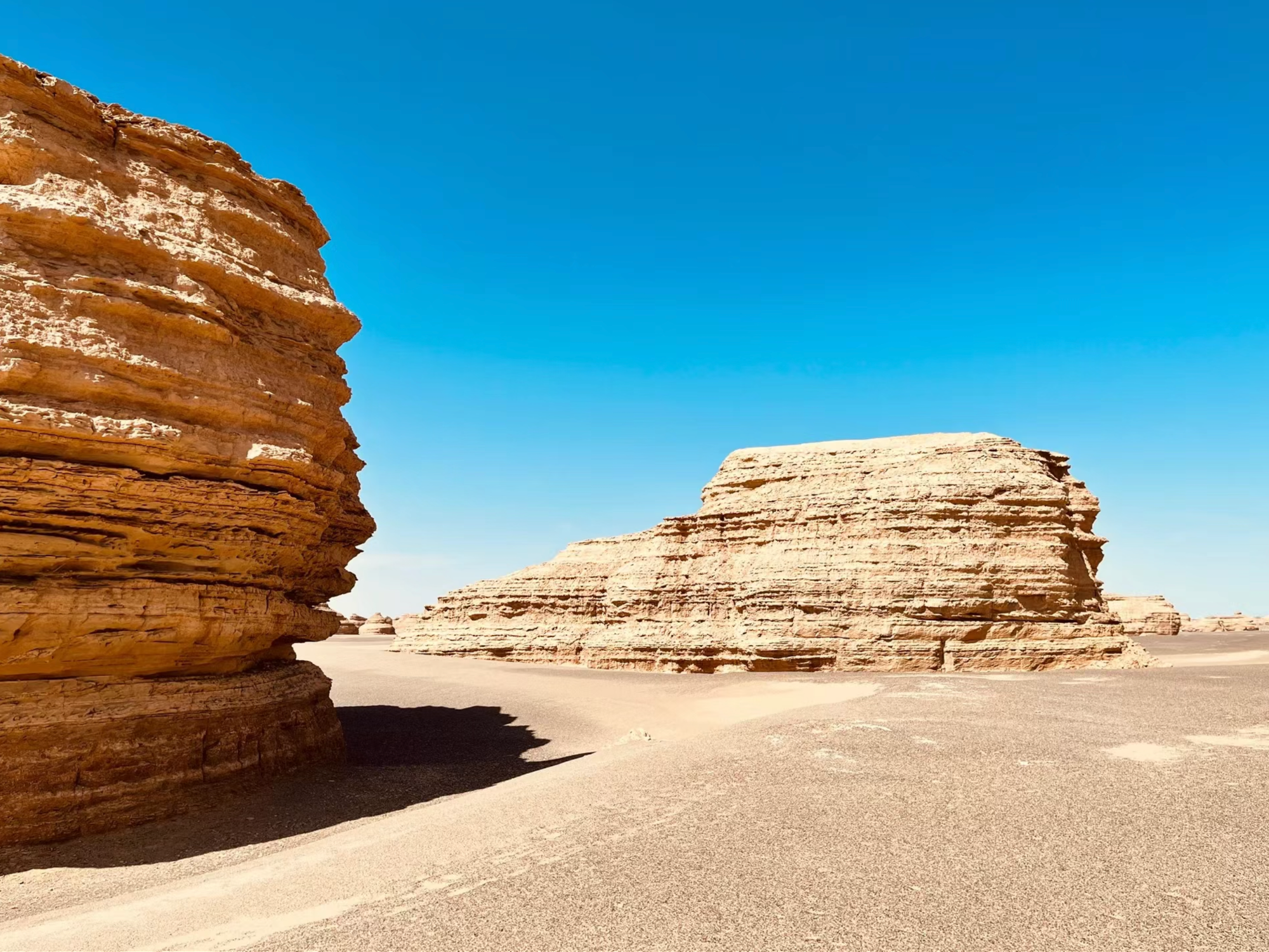
Lop Nur, located in the eastern part of the Tarim Basin, is famous for the tragic tales of countless explorers who ventured into its depths. A self-drive through the uninhabited Great Haidao Route offers an unparalleled experience, with ancient fortresses, beacon towers, prehistoric human settlements, and fossil hills along the way. Driving through the lifeless Hara Road will give you an exhilarating sense of adventure like no other.
What to Do in Eastern Xinjiang
Turpan Region


Turpan is an oasis amidst the desert, surrounded by mountains. It sits at the crossroads of the ancient Silk Road, making it rich in cultural heritage. Explore sites like the ancient city of Gaochang, Jiaohe Ancient City, the Karez underground water system, and the Bezeklik Thousand Buddha Caves. Of course, tasting the sweetest grapes in Grape Valley is a must. The Flaming Mountains, famously crossed by the characters in Journey to the West, are a real-life experience that will leave you understanding just how intense the heat can be.
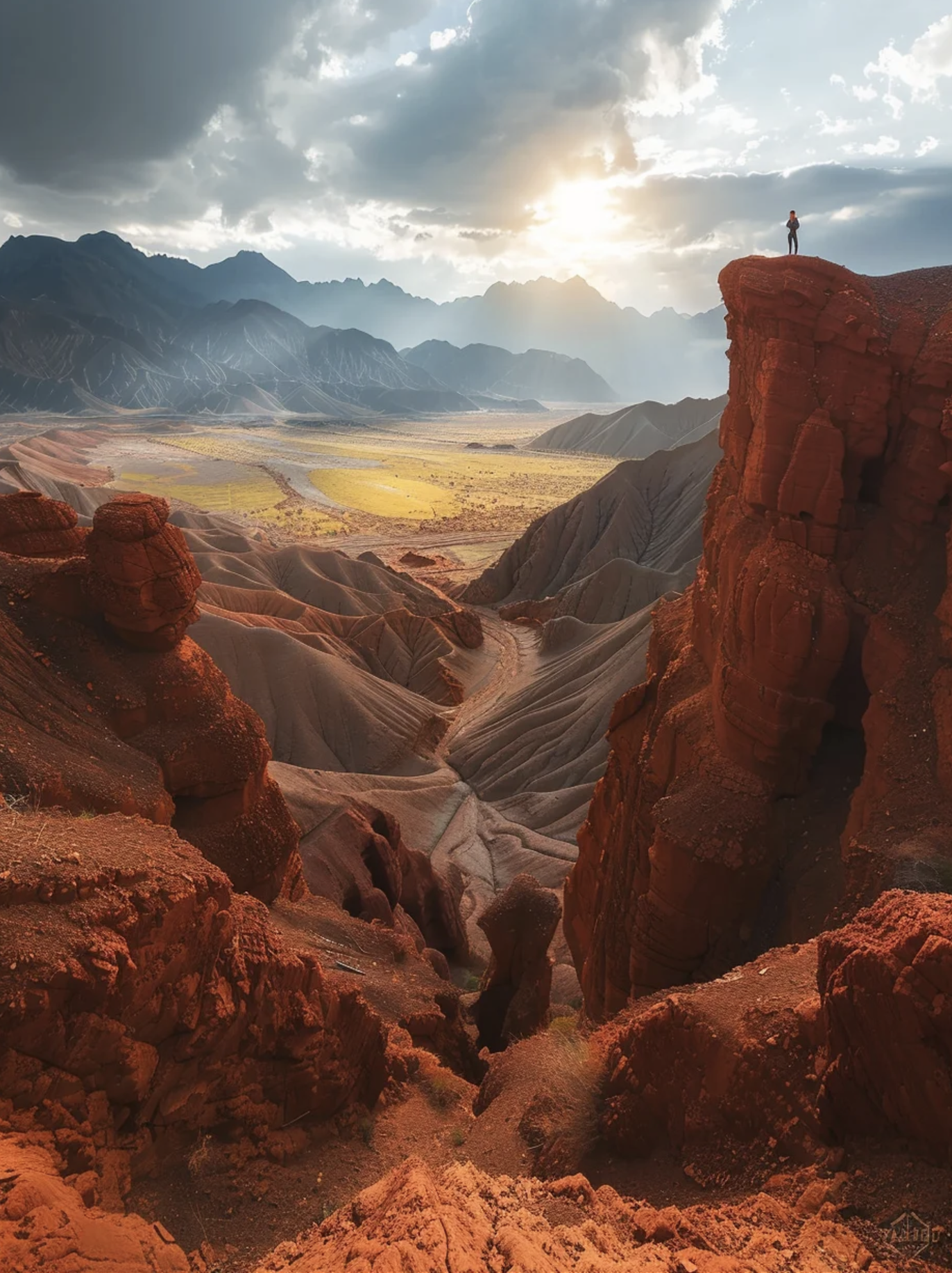

The Flaming Mountains (left); Illustration of Journey to the West (right)
Hami Region

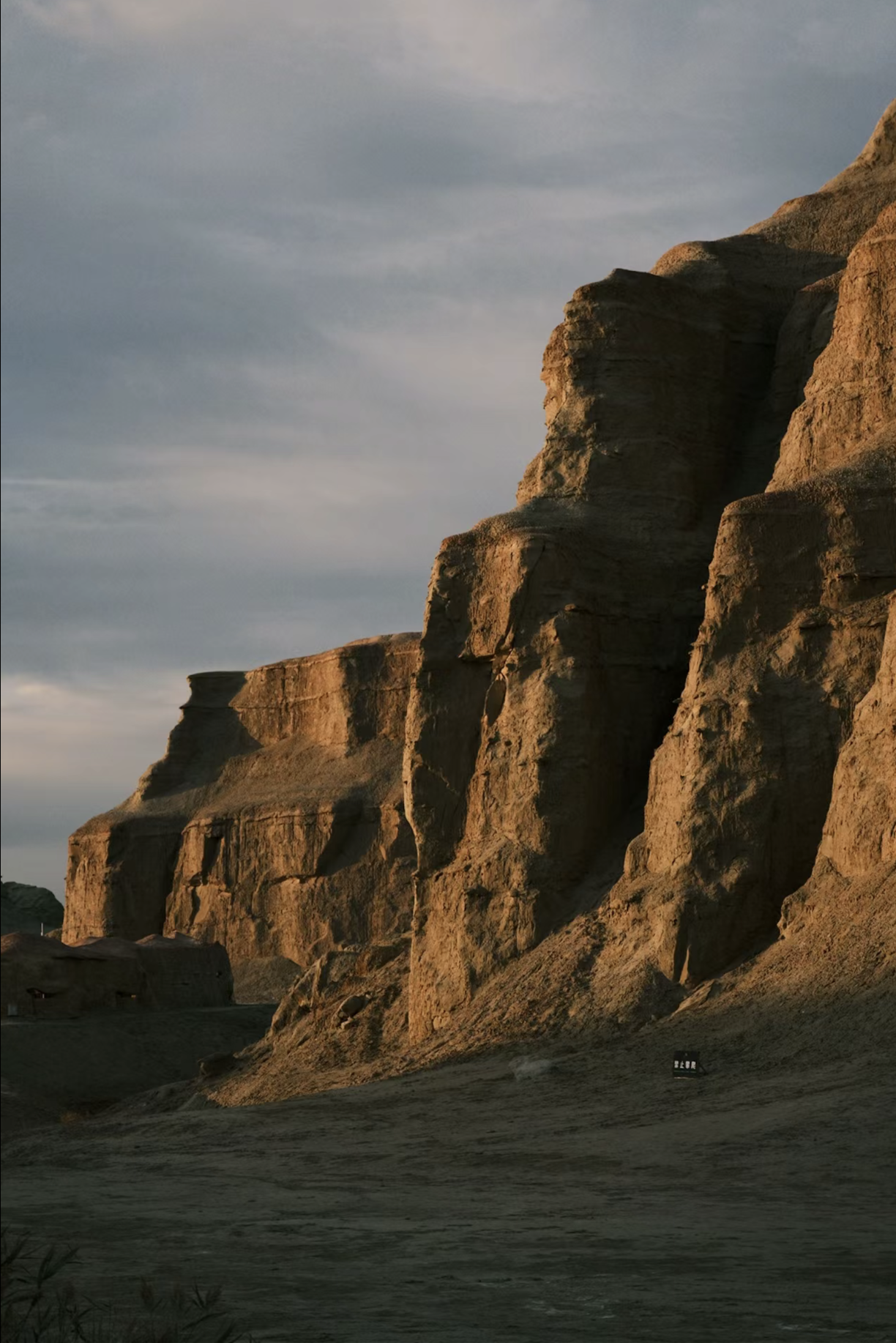
Hami, the eastern gateway of Xinjiang, was a crucial town on the Silk Road and features a blend of Northern and Southern Xinjiang characteristics. Here, you can explore the Tianshan Scenic Area, known as the “Paradise on Earth,” the vast Barkol Grassland, the unique Yardang landscape of Devil City, and historical sites like the Hami King’s Tomb and the Hami Hui King’s Palace. And, of course, you can’t miss tasting the famous Hami melons.
Best Times to Visit
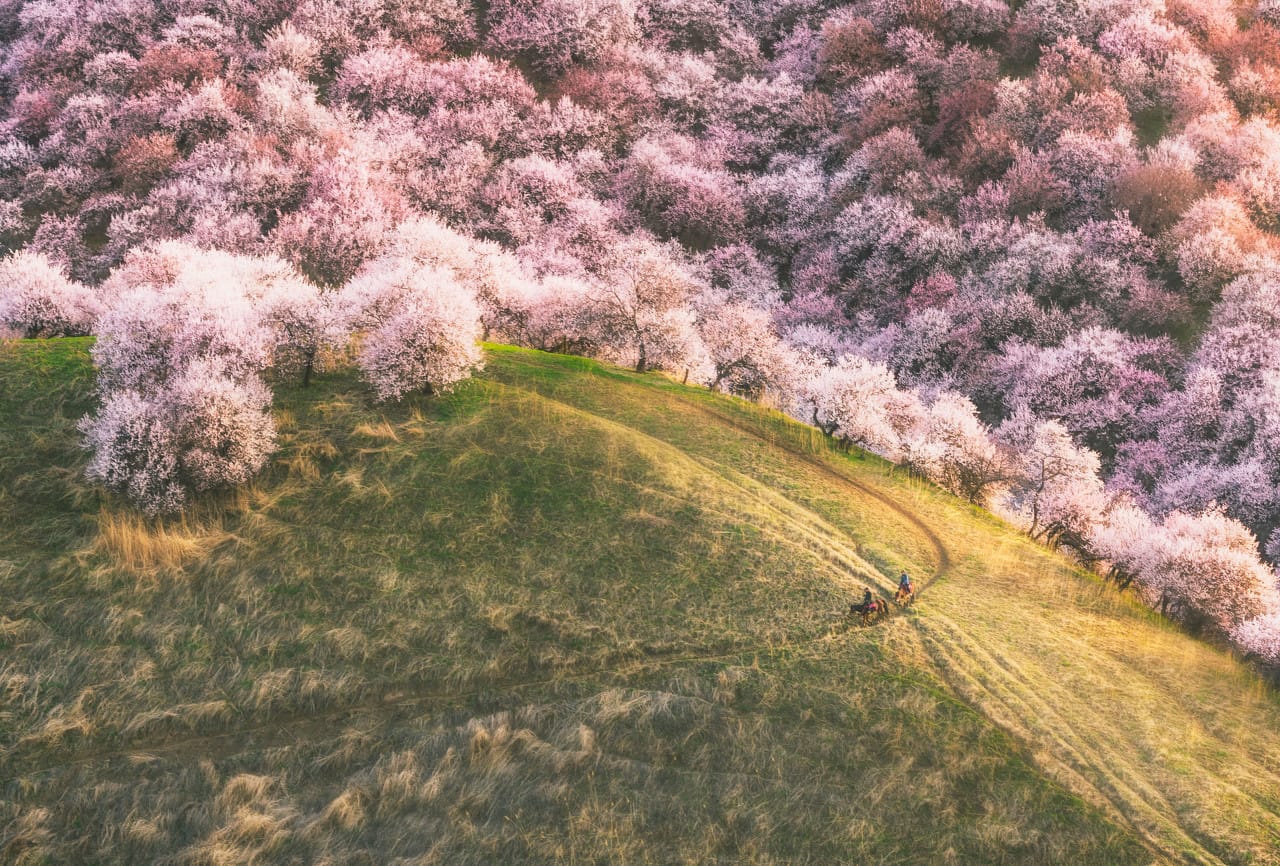
Northern Xinjiang
- March-May: This is the perfect time to see apricot blossoms, especially in Ili, where flowers bloom beautifully from late April to May.
- June-August: Summer is ideal for enjoying the lavender fields and seas of canola flowers. The Swiss-like scenery of grasslands, lakes, and snow-capped mountains also reaches its peak during this period.
- November-February: If you love snow, this is the season for you. Rolling in the snow is pure joy, with Hemu and Kanas snow towns being top choices.

Southern Xinjiang
- April-May: This is the season for apricot and peach blossoms in Southern Xinjiang—short-lived but stunning.
- June-September: This is the time to enjoy the region’s ripe fruits, a must for food lovers.
- October-November: Late autumn is the best time to witness the golden poplar trees, a rare and magnificent sight that makes this a paradise for photographers.
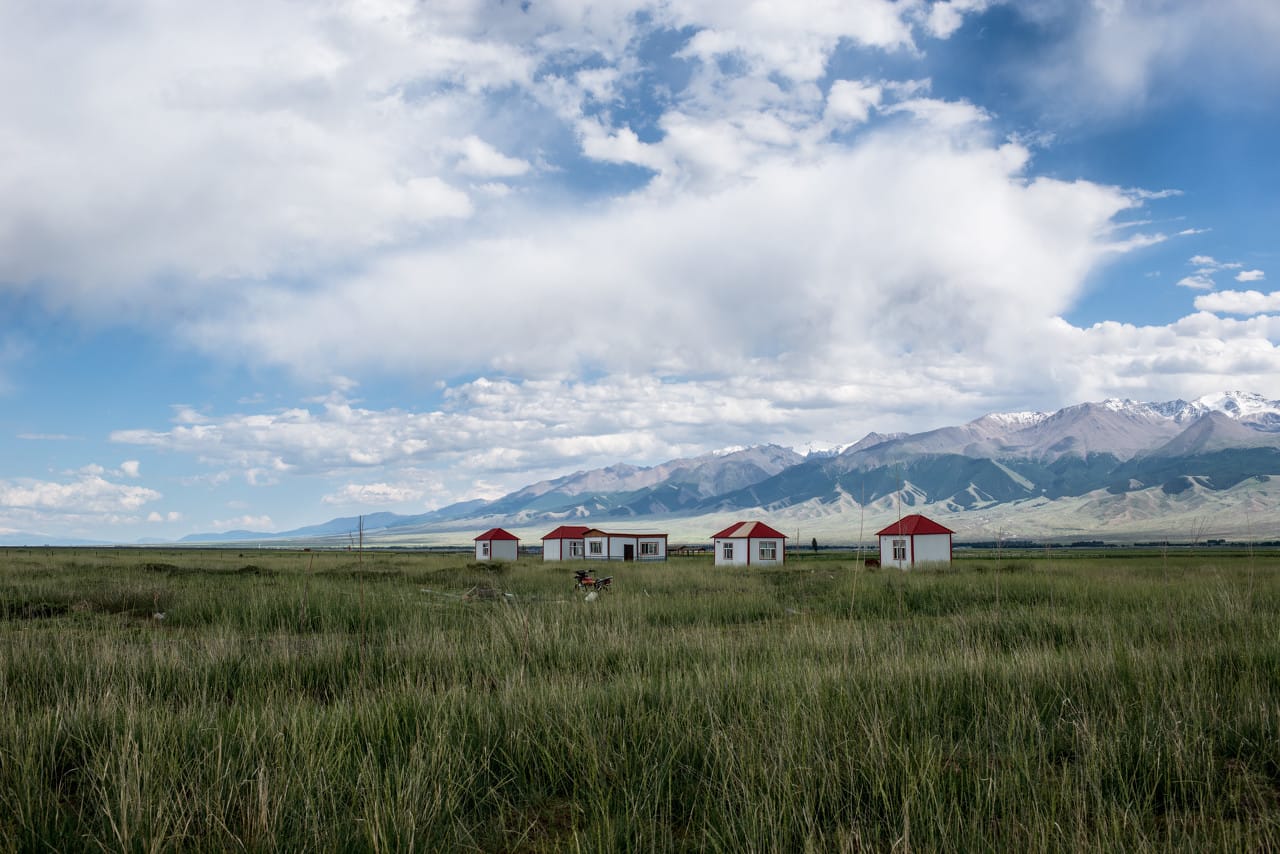
Eastern Xinjiang
- July-September: This is the best time to visit Eastern Xinjiang, savoring fresh fruits, enjoying the natural beauty, and experiencing diverse local customs.
- August: Turpan hosts its annual Grape Festival, featuring grape tastings, Dawaz acrobatics, Muqam music and dance, and a variety of cultural performances.
Which to Visit First: Southern or Northern Xinjiang?
Both Southern and Northern Xinjiang are safe, with well-developed transportation and road facilities, making them suitable for first-time visitors to Xinjiang. Your choice should depend on your personal preferences. Of course, if you have enough time, exploring both regions is highly recommended!
Northern Xinjiang Recommendations:
- Overview: Northern Xinjiang's humid climate has fostered a wealth of forests, grasslands, and lakes, with the most famous attractions being Kanas Lake and the Ili Grassland area.
- Ideal for: Nature lovers.
- Best Time to Visit: Year-round, with different charms in each season.
- Suggested Duration: Six days for a leisurely Kanas trip, six days for Ili, or a ten-day trip to cover both areas.
- Estimated Budget: Approximately 4,000 RMB per person for a six-day trip to Kanas or Ili, and around 6,000 RMB for a ten-day Northern Xinjiang loop.

